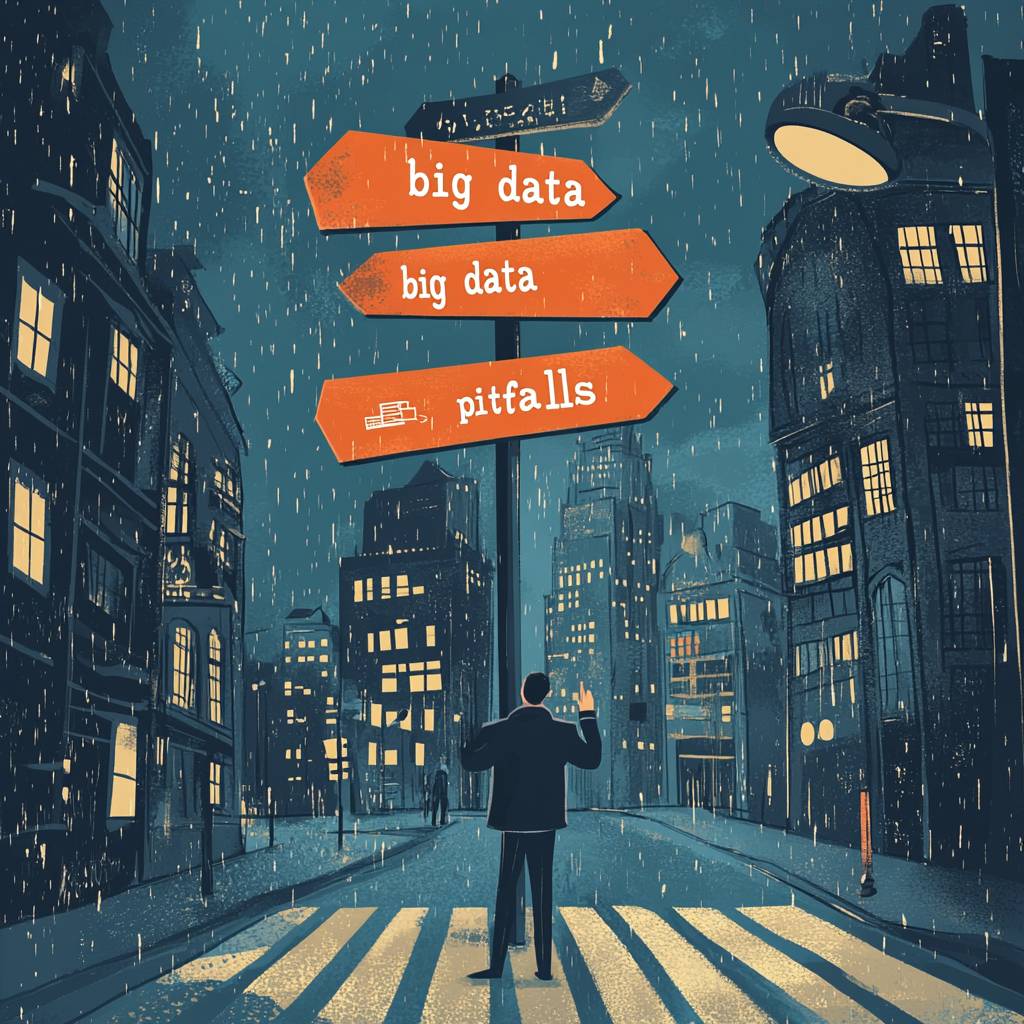In today's fast-paced digital world, data has emerged as the holy grail of product development. The allure of big data — vast datasets that promise to uncover insights, predict trends, and drive innovation — has become irresistible for many companies. The ability to leverage vast amounts of information for smart decision-making seems like the ultimate competitive edge. However, like any powerful tool, over-reliance on big data can lead to significant pitfalls, especially in the context of product development. The promise of data can sometimes obscure its limitations and the nuanced approaches needed to create genuinely exceptional products. Here, we explore the hidden pitfalls of an over-reliance on big data in product development and how to avoid them.
The Illusion of Objectivity
Data is often perceived as a beacon of objectivity, offering hard facts and undeniable truths. While data itself may be neutral, its interpretation is highly subjective. Data-driven decisions can still be influenced by biases and preconceived notions, leading to misguided strategies. For example, the selection of which data points to focus on and which to disregard can reflect implicit biases held by data analysts or decision-makers. Misinterpreted data can bolster erroneous conclusions, leading to poor product decisions.
Actionable Tip: Always scrutinize the context in which data is collected and analyzed. Implement practices to ensure diverse perspectives are involved in data interpretation processes. Regular audits and a culture of questioning assumptions can help mitigate biases.
Vanity Metrics vs. Actionable Metrics
The lure of impressive-looking numbers can become addictive. Vanity metrics measure output without necessarily linking it to meaningful business outcomes. In contrast, actionable metrics are directly tied to the actions that drive business targets. The obsession with “growing numbers” often leads teams to prioritize quantity over quality, diluting the focus on measures that genuinely impact user satisfaction and long-term growth.
Actionable Tip: Prioritize actionable metrics over vanity metrics. Focus on key performance indicators (KPIs) that offer insights into customer behavior, engagement, and satisfaction. Periodically review these KPIs to ensure they remain aligned with evolving business goals.
Overlooking the Human Element
Product development is both an art and a science. Big data can provide insights, but it cannot replace human intuition and creativity. The qualitative aspects derived from user interviews, studies, and direct feedback often reveal the subtleties that numbers overlook. Over-reliance on quantitative data can sometimes miss the "why" behind user behaviors and needs.
Actionable Tip: Complement data with qualitative research methods like user interviews, surveys, and usability testing. Use these insights to add depth to the data story and inform more human-centric product decisions.


